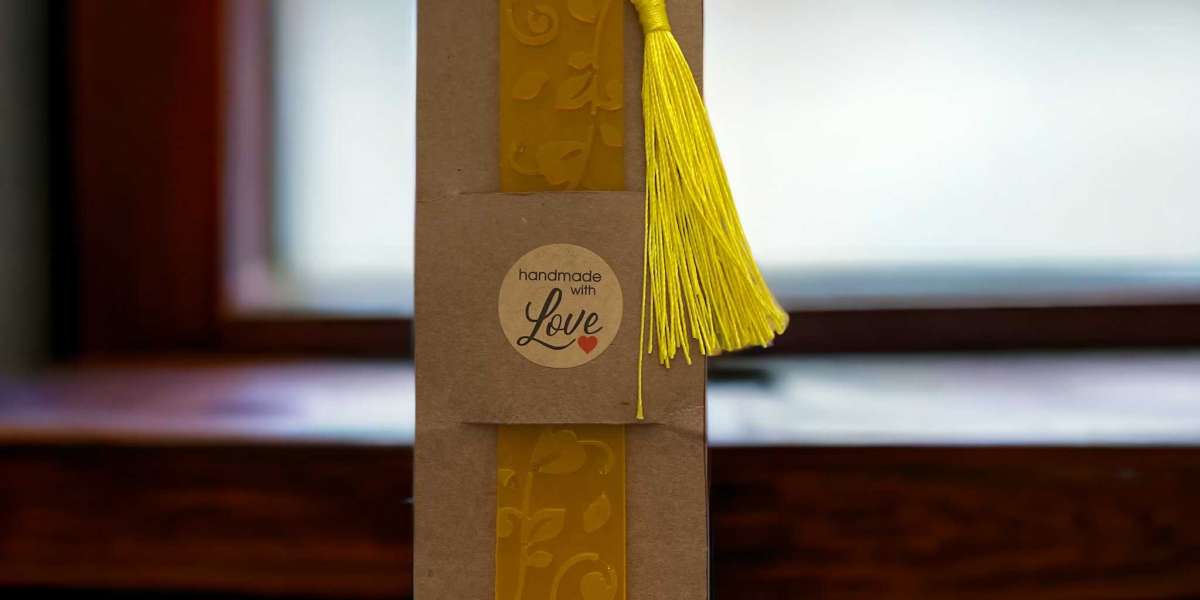Resin art is an exhilarating medium, offering boundless opportunities for creativity.
However, like any craft, it comes with its fair share of challenges. From stubborn bubbles to pesky sticky surfaces, navigating the world of resin can sometimes feel like a daunting task. Fear not, fellow resin enthusiasts! In this comprehensive guide, we'll delve into the most common problems encountered when working with resin and provide practical solutions to ensure your projects turn out flawlessly every time.
Banishing Bubbles: Bubbles are perhaps the most notorious nemesis of resin artists. They can appear seemingly out of nowhere, disrupting the smooth finish of your masterpiece. Fear not, for there are several strategies to combat these pesky intruders:
- Stirring: Thoroughly mix your resin and hardener slowly and steadily to minimize the introduction of air bubbles.
- Prepping the Surface: Ensure your work surface and molds are clean and dust-free to prevent trapped air bubbles.
- Torch or Heat Gun: Pass a torch or heat gun lightly over the surface of your resin to coax bubbles to the surface and pop them.
- Using a Pressure Pot: If you're a serious resin artist, investing in a pressure pot can eliminate bubbles by subjecting your project to consistent pressure during curing.
Conquering Uneven Curing: Uneven curing can result in a myriad of problems, from tacky spots to unsightly wrinkles in your resin. Here's how to ensure a smooth and uniform cure:
- Temperature Control: Maintain a consistent temperature in your workspace, ideally between 75-85°F (24-29°C), to promote even curing.
- Mixing Ratios: Accurately measure and mix your resin and hardener according to the manufacturer's instructions. Deviating from the recommended ratios can lead to curing inconsistencies.
- Thin Layers: Pouring thinner layers of resin allows for better heat dissipation and reduces the likelihood of uneven curing.
- Rotating: Periodically rotate your project during the curing process to promote uniform distribution of heat and minimize potential pooling.
Tackling Sticky Surfaces: Encountering a sticky surface after curing can be disheartening, but fear not! You can salvage your project with these tried-and-tested solutions:
- Extended Curing Time: Sometimes, all your resin needs is a little extra time to fully cure. Leave your project in a well-ventilated area for an additional 24-48 hours.
- UV Exposure: Exposing your resin to natural sunlight or a UV lamp can accelerate the curing process and eliminate stickiness.
- Sanding and Polishing: If all else fails, sanding the sticky surface with fine-grit sandpaper and polishing it with a high-quality resin polish can restore its luster and smoothness.
Working with resin may present its fair share of challenges, but armed with the right knowledge and techniques, you can overcome any obstacle with confidence.
By addressing common issues such as bubbles, uneven curing, and sticky surfaces head-on, you'll unlock the full potential of this versatile medium and create stunning works of art that stand the test of time. So put on your apron, grab your tools, and let your creativity flow – the world of resin art awaits!








